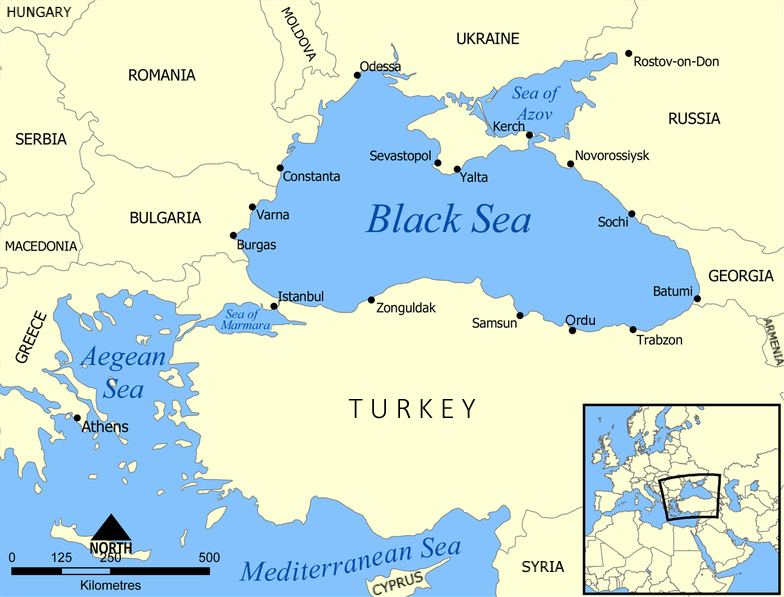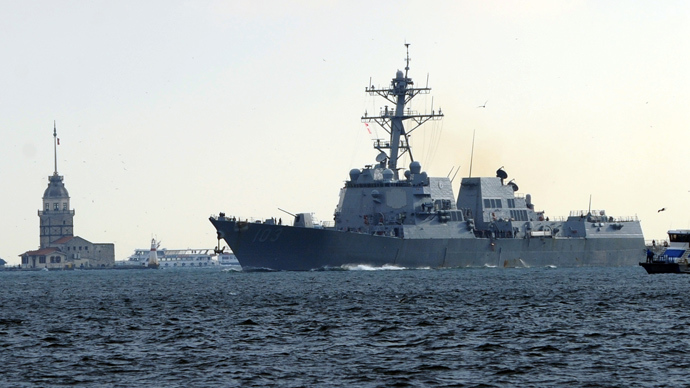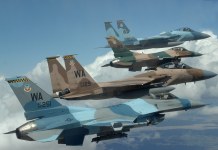Can Russia outsmart the US-led NATO in the Black Sea region? A US think tank’s wargame scenario offers the best possible strategy against NATO forces for attaining absolute domination over the disputed region.
Lying between Europe and Asia, the Black Sea is a marginal sea that has been at the center of intense competition between Russian and the West for the future of the European continent.
Even before Russia’s illegal annexation of Crimea (peninsula located on the northern coast of the Black Sea), the Black Sea region has experienced two decades of conflicts.
Since 2008, Moscow has quadrupled the use of military force against nations in the region to stamp its authority. The reason has been that President Vladimir Putin seeks to establish a sphere of influence over nations in the region to restrict their integration into the Euro-Atlantic structure.

Russia also wants to ensure its regime stability while increasing its military capabilities for homeland defense (HD) and wider power projection into the Middle East and the Eastern Mediterranean.
Now, the threat of a fresh conflict looms large with the US increasing its presence in the region. The US has recently carried out month-long patrolling and military exercises, including the “Sea Breeze”, along with the other Black Sea and NATO nations.
A wargame scenario released by RAND Corp, a US-based non-profit organization, could prove useful for Russia to maintain an edge over other NATO nations in the region.
The think tank has designed a board game in which several teams played the roles of the United States as well as other Black Sea nations in a scenario set between the period of 2020 and 2025.
The game allowed each of the teams to choose and use several option cards, ranging from economic incentives to win potential friends, and cyber warfare and military deployments and exercises, in order to scare enemies.
The basic premise of the wargame was that NATO planned to expand its naval presence in the highly-contested Black Sea region with Romania strengthening its defense ties with Moldova, a former Soviet republic.
Following the move, Moscow comes out with a multipronged strategy which includes the aggressive enforcement of an expanded Exclusive Economic Zone (EEZ) in the Black Sea along with cyber operations against Romania.

Under the game, the US team chose to use a combination of military and political pressure to contain the influence of Russia, under which the Black Sea task force would create freedom of navigation operations and carry out military exercises with Black Sea powers.
According to the Rand report, Russia’s determination to avoid a war-like scenario also helped the US.
“The risk of most concerns to all players on the Russia team was the potential for uncontrolled escalation, leading to conflict with NATO and the United States,” said the report.
However, what would prove to be a thorn for Washington was that Moscow would not need to wage a war to attain its objectives. Under the board game, Russia could disrupt any coalition against it in the Black Sea through the use of a carrot-and-stick strategy, and interestingly without the use of any force.
A few options which were at the disposal of Russia included tacit military pressure like overshadowing NATO ships or the deployment of additional missiles to Crimea.

In addition to that, Moscow could also make use of economic incentives and “gray zone” warfare, including cyberattacks, information warfare, and even blackmail which exposed damaging information about politicians.
The wide range of options provided Russia with a perfect-tool kit needed to engineer a strategy that could cater to tackling all the Black Sea nations.
According to Rand, the eventual outcome of the game depended largely on Russia’s relations with Turkey.
“Russian incentives—particularly the prospect of continued enhanced cooperation in Syria and the potential costs of losing existing cooperation—appeared sufficient to give the game’s Turkey pause before supporting the task force.”
In the projected scenario, bilateral outreach efforts directed at Russia by the Turkey and Bulgaria teams, as well as Bulgaria’s hesitation to publicly endorse the initiative, further eroded regional unity over a coherent defense and deterrence response.
However, as per the results of the exercise, Russia’s best strategy lied in using divide-and-conquer tactics to foil any potential coalitions challenging Russian dominance over the Black Sea region.
“It was easier for Russia to achieve its goal of dividing the region than it was for the United States to achieve its goal of uniting it,” said Anika Binnendijk, a political scientist at RAND.
Follow EurAsian Times on Google News




